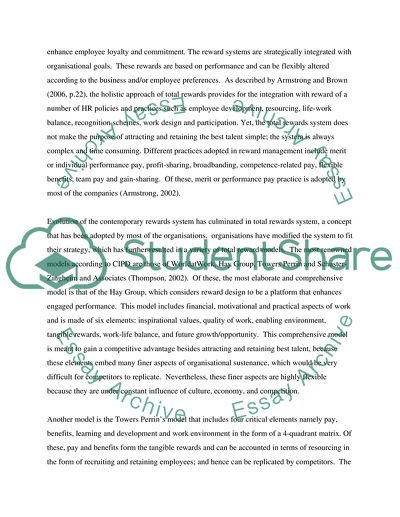Cite this document
(The Relative Importance of Reward and Resourcing Essay - 1, n.d.)
The Relative Importance of Reward and Resourcing Essay - 1. Retrieved from https://studentshare.org/human-resources/1751704-2500-words-essay
The Relative Importance of Reward and Resourcing Essay - 1. Retrieved from https://studentshare.org/human-resources/1751704-2500-words-essay
(The Relative Importance of Reward and Resourcing Essay - 1)
The Relative Importance of Reward and Resourcing Essay - 1. https://studentshare.org/human-resources/1751704-2500-words-essay.
The Relative Importance of Reward and Resourcing Essay - 1. https://studentshare.org/human-resources/1751704-2500-words-essay.
“The Relative Importance of Reward and Resourcing Essay - 1”, n.d. https://studentshare.org/human-resources/1751704-2500-words-essay.


